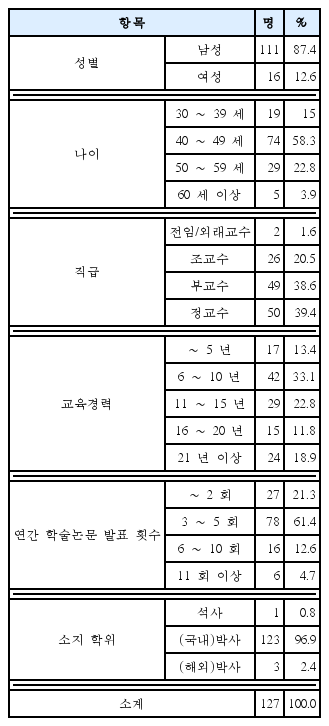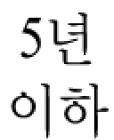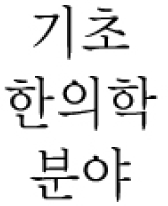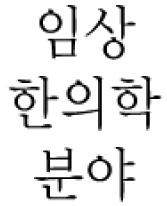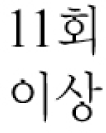Awareness and attitudes of professors regarding research ethics education in the colleges and the school of Korean Medicine
Article information
Abstract
Objectives:
This study aimed to investigate the experiences and awareness of Korean Medicine professors towards research ethics issues and curriculum development.
Methods:
Electronic mails for requesting the survey participation were sent to 531 professors who were listed in the DB of Association of Korean Medicine. Professors who agreed to participate in the survey were connected to the self-administered questionnaire site, and the responses were stored in real time. Professors were asked the experience of research misconduct cases, the necessity, contents and evaluation method of research ethics education, etc. ANOVA was performed to test the differences of ethics education effects among sub-groups of respondents.
Results:
Of 137 professors who opened the e-mail, 127 completed the questionnaire. Most professors (87.4%) reported to witness the research misconduct cases, and felt the necessity of research ethics education for professors as well as students. 31.4% of respondents preferred the practice-focused course, and 43.3% preferred the PASS/FAIL basis evaluation system. Professors with shorter education career and professors majoring basic Korean Medicine expected higher effect of ethics education than others. For detailed items of research ethics education, ‘ethical writing’ and ‘ensuring research integrity’ were prioritized in the aspects of both personal ethics and social demand.
Conclusions:
In this study, detailed matters of research ethics education in Korean Medicine area were drawn. Further study and policy development are needed to facilitate the introduction of formal education of research ethics.

Difference of the Expectations of effect of Research Ethics Education (Number of annually punished papers / Years of teaching career/ Specialty)

